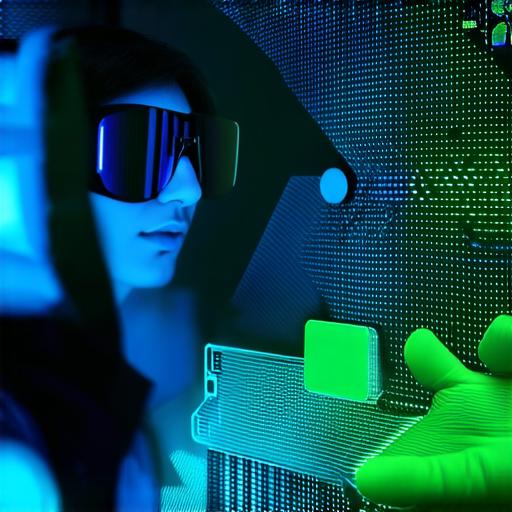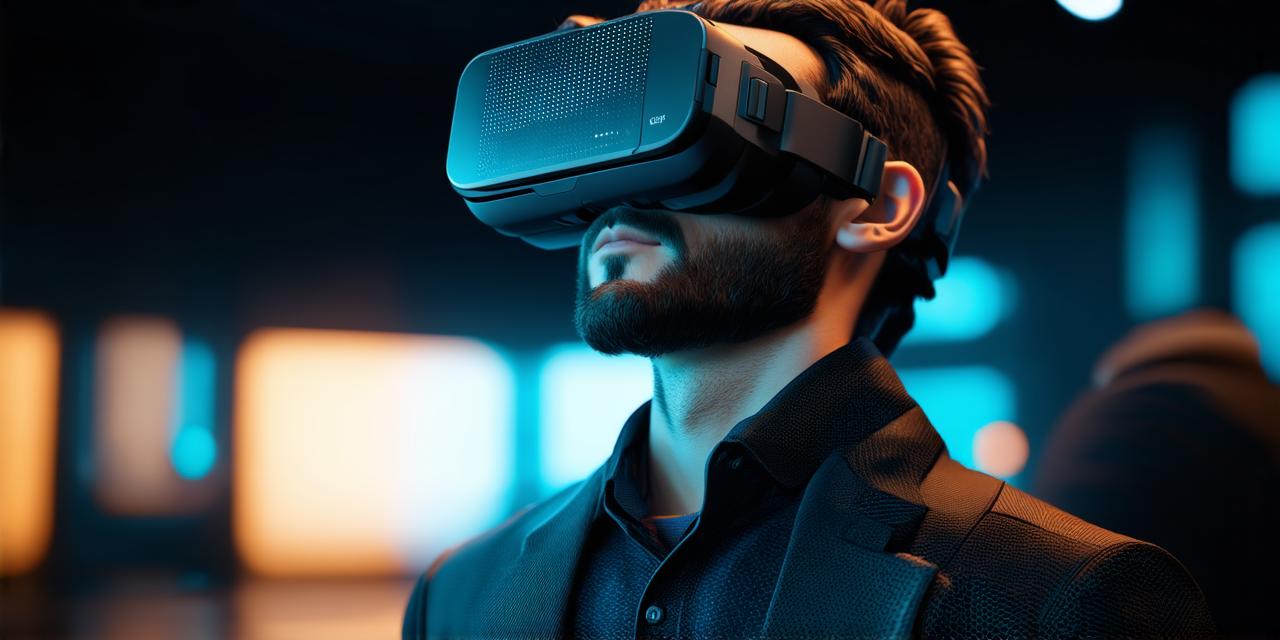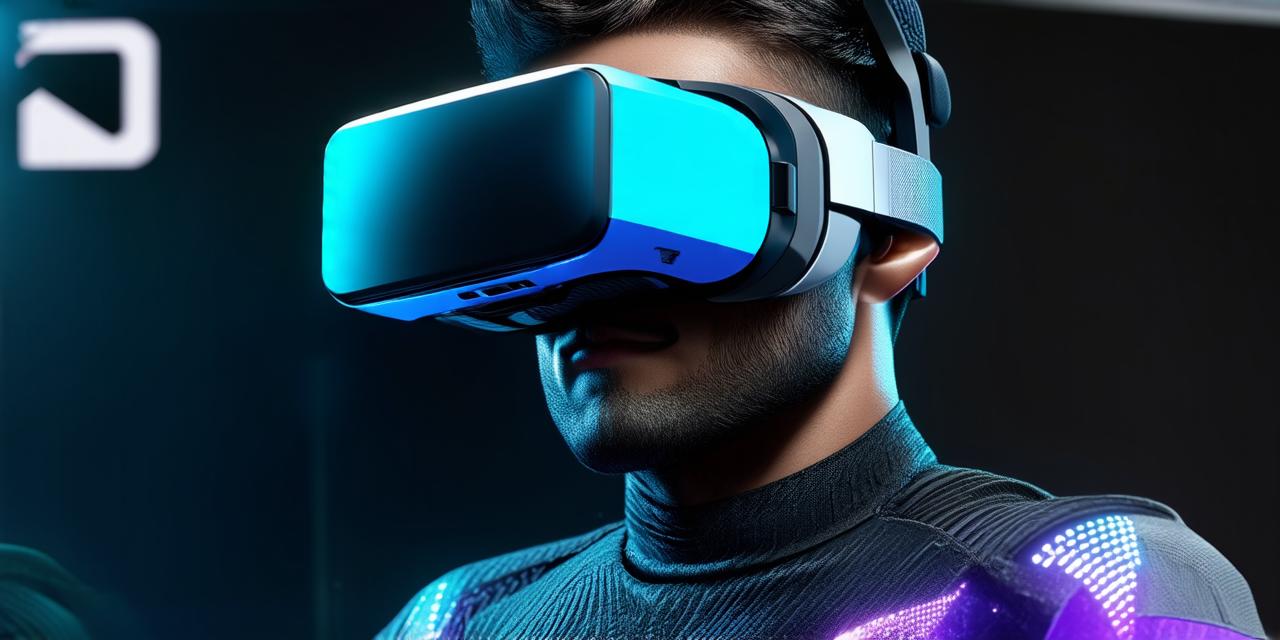
Benefits of AR/VR in Training
AR/VR can offer several advantages over traditional training methods. These include:
- Enhanced engagement and motivation: AR/VR experiences are highly engaging and immersive, which can increase learners’ motivation to complete the training program.
- Improved retention: AR/VR experiences offer a unique and memorable way to learn new skills. This can lead to better retention of information compared to traditional training methods.
- Increased safety: AR/VR simulations can provide a safe environment for learners to practice skills that may be dangerous or difficult to replicate in real life.
- Cost-effective: AR/VR training programs can be more cost-effective than traditional training methods because they do not require physical resources such as equipment or facilities.
- Personalized learning: AR/VR experiences can be customized to meet the needs of individual learners, which can enhance their learning experience and improve outcomes.
Case Studies: Successful AR/VR Training Programs
There are many examples of successful AR/VR training programs across various industries. Here are some case studies:
- Medical training: The University of California, San Francisco (UCSF) developed an AR app called “Surgical Rehearsal” that allows surgeons to practice complex surgical procedures using VR simulations. The app has been shown to improve surgical outcomes and reduce the risk of complications.
- Military training: The US Army uses VR simulations to train soldiers in various combat scenarios. For example, a soldier who uses VR to simulate a battle may be better prepared for real-life situations than a soldier who only relies on classroom training.
- Customer service training: Starwood Hotels used an AR app called “Hotel Mixed Reality” to train hotel staff on how to interact with guests in a virtual environment. The app was shown to improve customer satisfaction and reduce the number of complaints.
- Language learning: Duolingo, a popular language learning app, uses AR to create immersive language lessons that adapt to each learner’s progress. The app has been shown to improve language proficiency and increase motivation to continue learning.
Best Practices for Developing AR/VR Training Programs
When developing AR/VR training programs, it is important to consider the following best practices:
- Define clear objectives: Before starting the development process, define the goals of the training program. This will help ensure that the content and design of the program align with the learning objectives.
- Consider the target audience: Understand the needs and preferences of your target audience, such as their age, experience level, and learning style. This will help you create an AR/VR training program that meets their specific needs and engages them in the learning process.
- Choose the right technology: Select the appropriate AR/VR technology for your training program based on the complexity of the content, the target audience’s technical capabilities, and the budget available.
- Design an engaging experience: Create an immersive and interactive experience that engages learners and motivates them to complete the training program. This can be achieved through the use of gamification techniques, real-world scenarios, and personalized feedback.
- Provide ongoing support: Offer learners ongoing support to ensure they are able to apply the skills learned in the AR/VR training program. This can be achieved through mentoring, coaching, or access to additional resources.
- Measure the effectiveness of the program: Evaluate the effectiveness of the AR/VR training program using metrics such as completion rates, retention, and performance improvements. This will help you determine whether the program has achieved its learning objectives and make necessary adjustments.
- Continuously improve the program: Based on feedback from learners and the evaluation results, continuously improve the AR/VR training program to ensure it remains effective and engaging for future learners.
Conclusion
AR/VR offers exciting opportunities for enhancing learning and training programs in various industries. As an AR developer, you can create engaging and effective training programs that meet the needs of your learners. By following best practices and considering the benefits of AR/VR in training, you can develop successful training programs that improve outcomes and enhance the learning experience.




